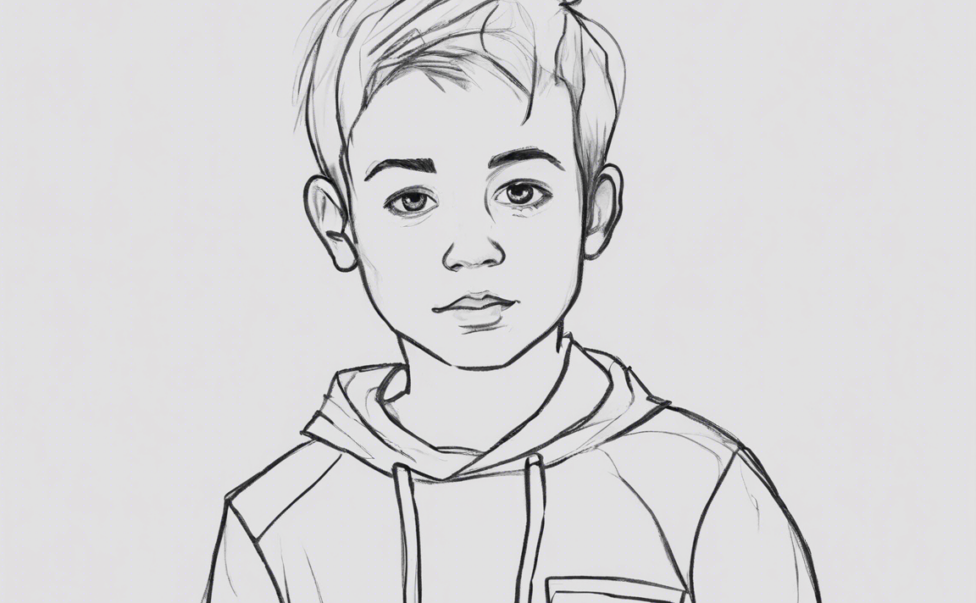Step-by-Step Guide: Drawing a Boy
Drawing is a creative outlet that allows you to bring your imagination to life on paper. Whether you are a seasoned artist or just beginning, learning how to draw a boy can be a fun and rewarding experience. In this step-by-step guide, we will explore the process of drawing a boy in a simplified and easy-to-follow manner.
Getting Started
Before you start drawing, gather all the necessary materials. You will need paper, pencils (preferably HB or 2B), an eraser, and a sharpener. Find a quiet and comfortable space where you can focus on your artwork without distractions.
Step 1: Sketching the Outline
Start by sketching a basic outline of the boy’s body. Use light and loose strokes to map out the head, torso, arms, and legs. Pay attention to proportions and positioning. Remember, practice makes perfect, so don’t worry about making mistakes at this stage.
Step 2: Adding Features
Next, add features to your outline. Begin by drawing the boy’s face. Sketch the eyes, nose, and mouth, paying attention to their placement and size. Then, draw the ears and hair. For the body, sketch the hands, fingers, and clothes. Take your time with this step and adjust any areas that don’t look right.
Step 3: Detailing
Once you have the basic features in place, start adding details to bring your drawing to life. Add shading to create depth and dimension. Pay attention to light sources and shadows. Use hatching and cross-hatching techniques to fill in areas and add texture to the drawing.
Step 4: Refining
After adding details, take a step back and assess your drawing. Make any necessary adjustments to proportions, features, or shading. Erase any stray lines or smudges to clean up the artwork. This step is crucial in perfecting your drawing and making it look polished.
Step 5: Final Touches
To complete your drawing, add any final touches or enhancements. This could include adding highlights, adjusting tones, or adding background elements. Take a moment to appreciate your work and make any final tweaks to ensure you are satisfied with the finished result.
Frequently Asked Questions (FAQs)
Q1: How can I improve my drawing skills?
A1: Practice regularly, study anatomy, seek feedback from other artists, and experiment with different techniques and styles.
Q2: What are the essential drawing tools for beginners?
A2: Beginners should start with basic supplies such as pencils (HB, 2B), erasers, paper, and a sharpener. As you progress, you may consider investing in additional tools like blending stumps and colored pencils.
Q3: How do I determine the right proportions when drawing a boy?
A3: Use basic guidelines such as dividing the body into equal sections to help establish proportions. You can also use reference images or study anatomy to improve your understanding of proportions.
Q4: Is it necessary to draw from reference images when learning to draw a boy?
A4: Drawing from reference images can be helpful for beginners to understand anatomy, proportions, and poses. It allows you to study real-life examples and improve your observational skills.
Q5: How do I add expressions to the boy’s face in my drawing?
A5: To add expressions, focus on subtle details such as eyebrows, eyes, and mouth. Experiment with different facial features and expressions to convey emotions effectively in your drawing.
In conclusion, drawing a boy is a rewarding and enjoyable artistic endeavor that allows you to showcase your creativity and skills. By following this step-by-step guide and practicing regularly, you can hone your drawing abilities and create stunning artworks. Remember, art is subjective, so embrace your unique style and enjoy the process of bringing your imagination to life on paper.

